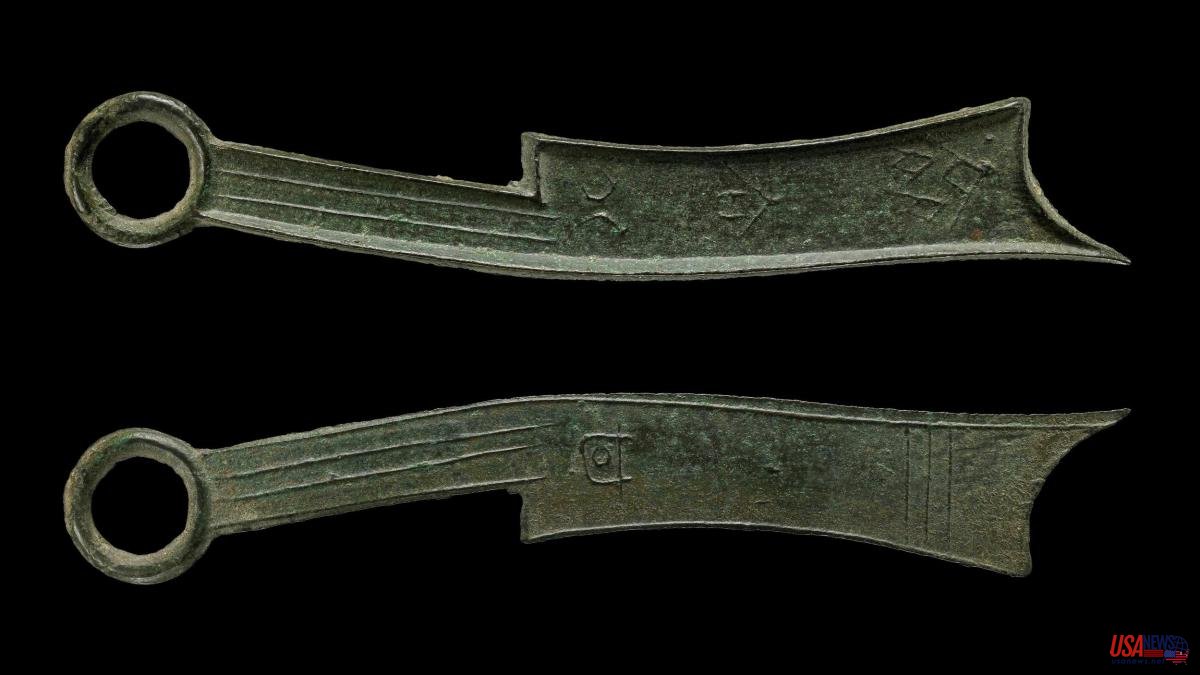The Kaogong Ji is the oldest known technical encyclopedia. This Register of trades or artisans (depending on the translation used) was compiled sometime in the middle of the first millennium BC and among its pages can be found the great scientific and technological advances of Ancient China.
One of the texts that has intrigued researchers for more than a century has been a complex recipe for making bronze, the alloy made from copper and tin. The problem is that until now no one had been able to identify two key ingredients in the formula: Jin and Xi.
The ancient recipe was written around 300 BC. And the analysis of Chinese coins from that time indicates that they were previously prepared copper-rich alloys, which shows a greater complexity than expected in the manufacturing process of ancient bronze, according to the researchers in an article published in the Antique magazine.
"These formulas were used in the largest metallurgical industry in Eurasia at the time," explains Dr. Ruiliang Liu of the British Museum. "But all attempts to reconstruct these processes that have been made for more than a hundred years have failed," he adds.
Jin and Xi were originally thought to be copper and tin, two key components of bronze, diluted together with lead. But recreating the recipes produced a metal that did not match the composition of ancient Chinese artifacts. The Kaogong ji details items from swords to musical instruments and how to make them, including six chemical formulas for mixing bronze.
Dr. Liu has collaborated with Professor A.M. Pollard of the University of Oxford to finally identify the materials, which were most likely premixed alloys. The discovery was made while studying the chemical composition of Chinese coins of the time.
The researchers discovered that the composition of the money coincided with the mixture of two different metallic alloys: an alloy of copper, tin and lead and another only of copper and lead. This shows that bronze production in ancient China involved the combination of alloys, rather than pure metals.
"For the first time we have produced a workable explanation of how to interpret the recipes for making bronzeware in early China given in Kaogong ji," said Professor Pollard. The Jin and Xi concepts would refer to these premixed combinations.
In addition to shedding light on the enigmatic ancient recipe, this discovery also indicates that Chinese metallurgy over 2,000 years old was more complex than expected. "It is an additional step, the production of pre-prepared alloys, in the process of making objects in early China," said Dr. Liu.
"This represents a hitherto unknown additional layer in the Chinese metal production and supply network and also shows how science and analysis can help solve linguistic mysteries written in books," the experts conclude.













